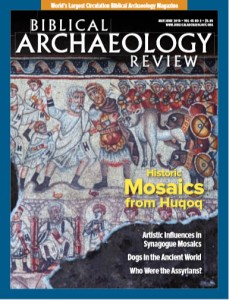
Everyone familiar with the palaces of Herod the Great (r. 47–4 B.C.E.) has seen their stunning locations in the most extreme landscapes of ancient Judea. From the surf of Caesarea to Wadi Qelt at Jericho to the precipices of Masada, Herod’s building projects defied nature. Controlling nature for ancient kings was a way to show their subjects that they had the power to rule and, quite possibly, the favor of higher power as well.
Herod claimed the larger landscape with his palaces, but he also brought the landscape inside the palace, in the form of gardens.
But what could be left of a garden to be studied by archaeologists after 2,000 years? Admittedly, we cannot find the remains of lush plantings, beautiful scents, the sounds of birds, or the cooling spray of a fountain. At the same time, gardens are not entirely ephemeral. For example, the eruption of Mt. Vesuvius in 79 C.E. preserved the art and fountains of gardens, the walks, the irrigation systems, and the shape of the planting beds. As the plants decayed, volcanic ash filled in the cavities, and archaeologists are now able to make casts of the roots to determine the location and general size of the plants.
Already a library member? Log in here.
Institution user? Log in with your IP address.

